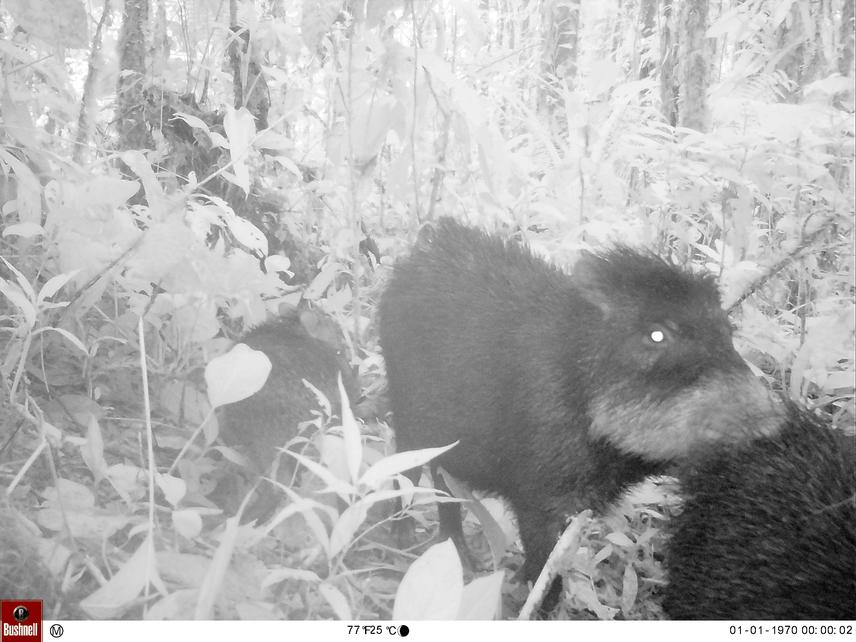Eliot Logan-Hines
Other projects
3 Oct 2013
Community Based Approach Towards the Management, Restoration and Delineation of Buffer Zones in Napo, Ecuador
6 Apr 2017
Creating Connectivity Corridors between Protected Areas Using Applied Nucleation and Enrichment Planting of Agroforestry Systems
This project will include communities directly in scientifically informed wildlife monitoring and management. Findings from participatory wildlife surveys will be used to create community wildlife management plans.

Ecuador has had significant success in establishing a network of protected areas and in allocating forest resources to local indigenous communities. This project focuses on providing tools and training to two indigenous communities within the Amazonian Province of Napo to monitor and manage local wildlife populations. The two pilot communities collectively manage several thousand hectares of community forestland much of which has been allocated to Ecuador’s Socio Bosque Program, a payment for conservation scheme that is used to supplement traditional protected areas. Much of this landscape appears intact but has been significantly impacted by overhunting. Fundación Runa will work with the communities to implement a participatory wildlife survey within the buffer zone of two national parks (Colonso-Chalupas and Napo-Galeras.
The surveys will include a baseline survey of local wildlife management practices, camera trap surveys and line-transect surveys. This work will collectively assess the presence or absence of a number of keystone species including jaguar, puma, tapir collared peccary, spider monkey and howler monkey. Runa will collaborate with the newly formed IKIAM University in Tena Ecuador to train and equip local field technicians to maintain camera traps, analyse data and do wildlife transects. The information generated by the study will be incorporated into community management plans dealing with a variety of forest management issues including wildlife management. These plans will be generated during a number of multi-stakeholder workshops to take place within the communities themselves. The management plans will incorporate hunting regulations based on the health and conservation status of the specific species as well as the species-level carrying capacity of nearby forests. Conservation plans will also seek to aid the recovery of overhunted species and the sustainable management of species that are resistant to hunting pressure. Beyond this the wildlife surveys will seek to partially answer the question as to whether the use of Socio Bosque to augment conventional protected areas has increased habitat ranges for a number of rare species.